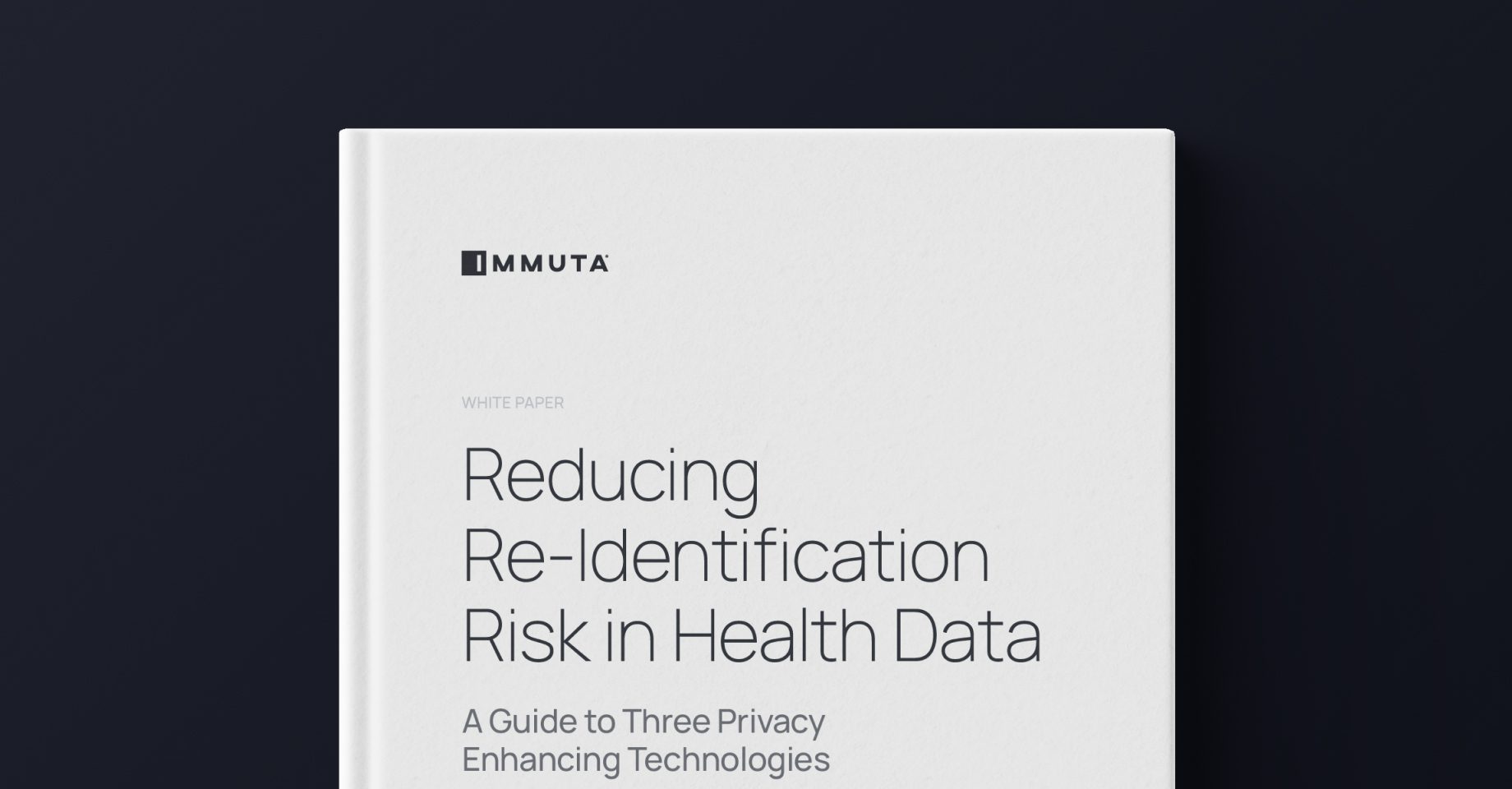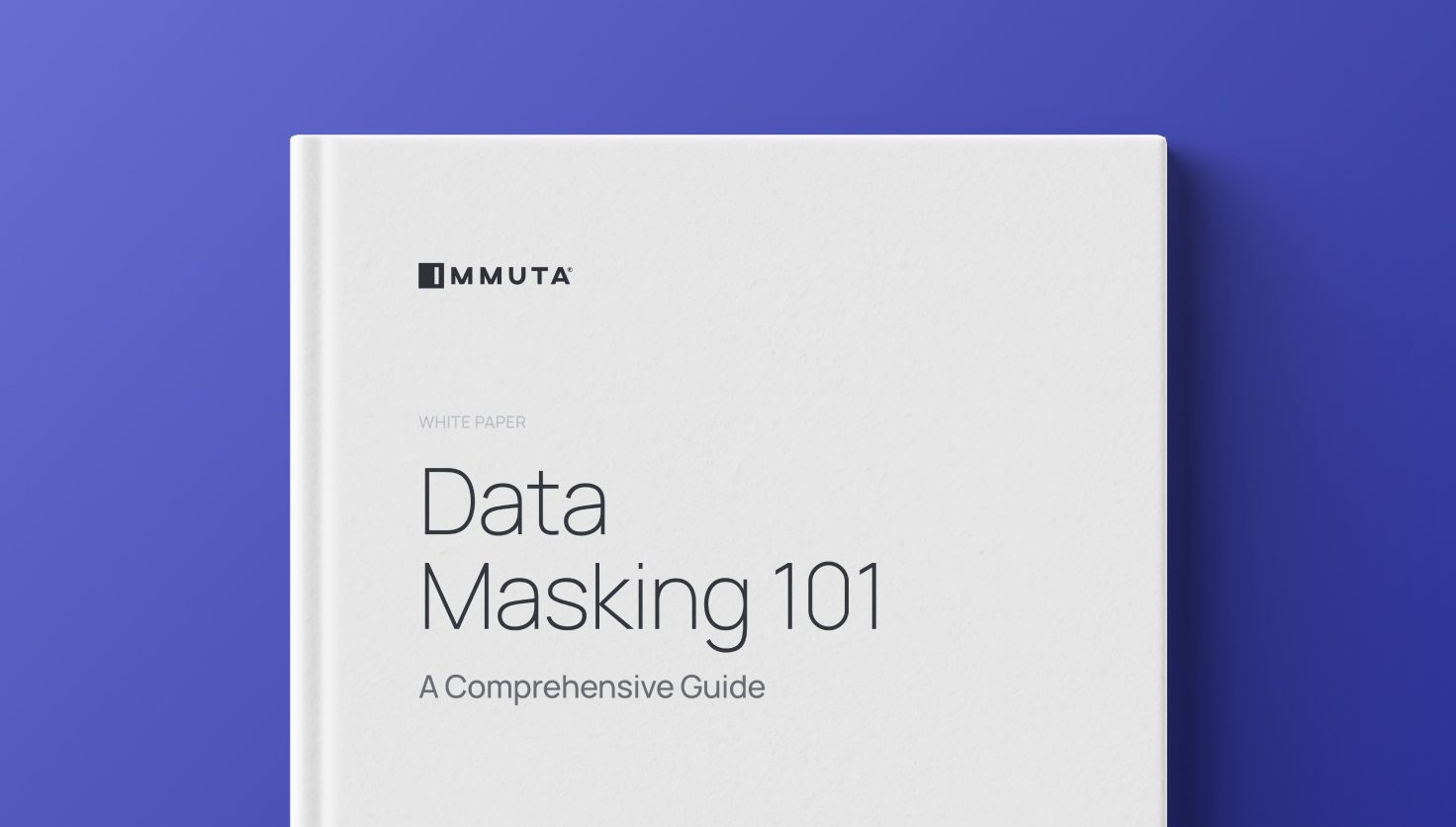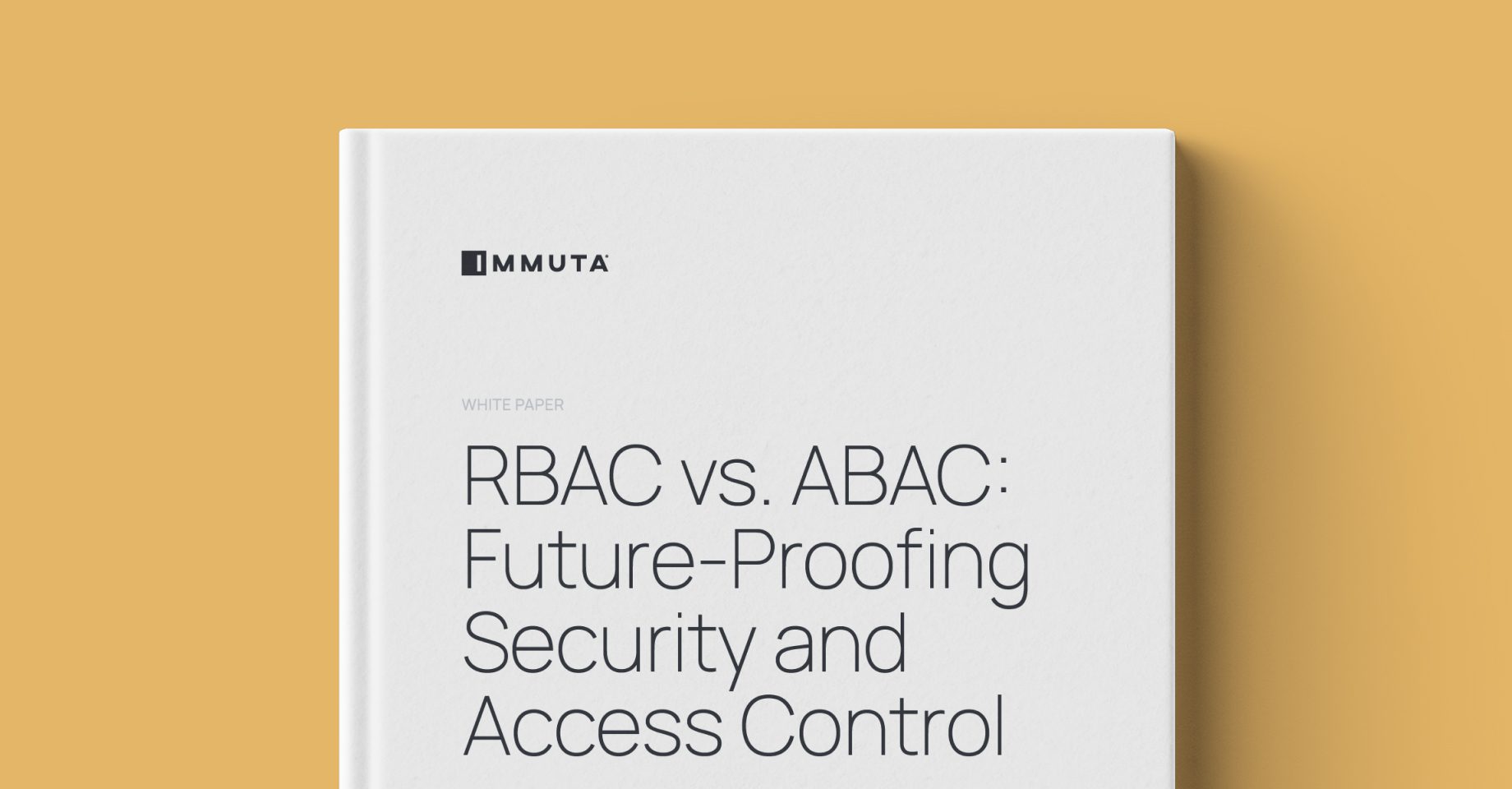How to Securely Use De-Identified Health Information

In today’s data ecosystem, threats are abundant. From unintentional data leaks to orchestrated external attacks, organizations have an obligation to prepare for – and mitigate the incidence of – any potential risks. In no industry is this more true than healthcare and life sciences, which routinely has the costliest and most damaging data breaches.
Data masking techniques, while thorough and advanced, are often not sufficient to fully de-identify health information and ensure patient privacy on their own. The constantly evolving data landscape requires a multi-faceted approach that can better protect against potential threats. The good news is, this doesn’t have to be labor-intensive for data teams.
In this guide we’ll explore how to reduce re-identification risks and securely leverage de-identified health information by implementing three privacy enhancing technologies (PETs):
- k-Anonymization
- Randomized Response
- Sampling
Download the guide to learn more about the methodology behind each technique, and why they are most effective when executed in tandem.


